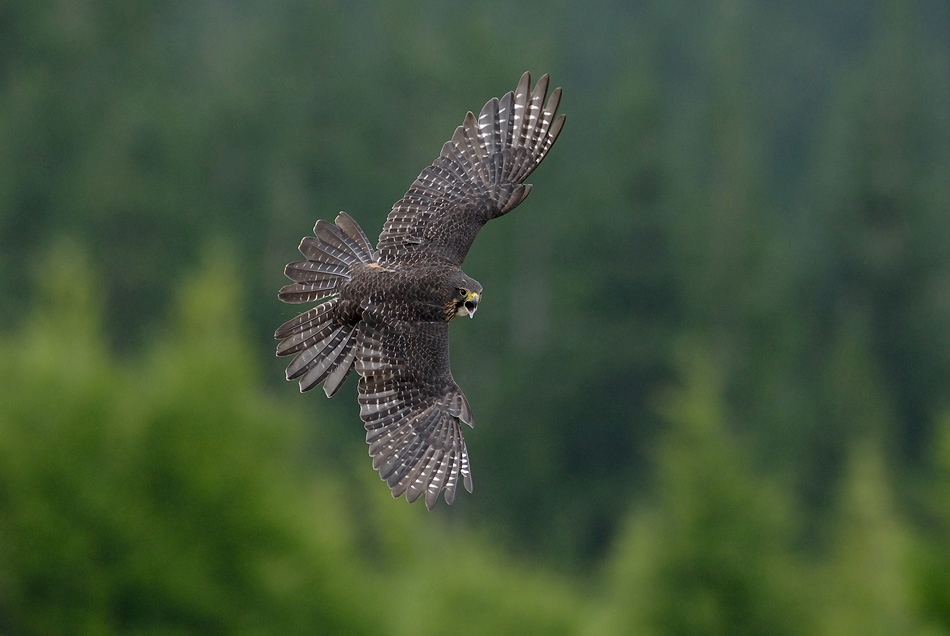 The majestic kārearea New Zealand falcon has taken out top spot in this year’s Bird of the Year competition. Photo supplied Craig Mackenzie
The majestic kārearea New Zealand falcon has taken out top spot in this year’s Bird of the Year competition. Photo supplied Craig Mackenzie
After an early lead, the kārearea New Zealand falcon has kept its talons firmly on the top spot as it snatched the crown in the 20th anniversary of the Bird of the Year competition.
This milestone year has seen record engagement, with more than 75,000 voters flocking online to support their favourite native bird.
Every one of the 73 birds in the running had a volunteer campaign manager this year, creating a flood of online noise, from hand-drawn posters to reels and memes that threatened to take over the internet.
With everyone from the Reserve Bank of New Zealand to Hobbit actors jumping in to back their favourites online, this year’s election once again showed how deeply New Zealanders connect with our bird species.
“Bird of the Year has grown from a simple email poll in 2005 to a hotly-contested cultural moment for Aotearoa,” Forest and Bird chief executive Nicola Toki says.
“The kārearea is a high-speed hunter, capable of reaching 200km/h in a dive, but it is also at risk, especially from habitat loss and predation.”
The campaign was managed by Caitlin Pieta from Auto Mossa, who says: “It’s been a privilege to champion such a remarkable manu (bird), and we’ve loved seeing the public get behind it.”
The 2025 win puts the kārearea in an elite class of champions who have secured multiple titles over the past two decades.
The hoiho won in 2019 and 2024, and kākāpō took home the crown in 2008 and 2020.
After being pipped for the top spot in the final days of voting last year, the karure black robin is again just short of a win, but made a strong move from fifth to secure a podium finish at third this year.
The 20th anniversary brought extra celebrations.
Songwriter Troy Kingi will compose a track for the kārearea as the first instalment of Waiata Manu, a new project creating original waiata for Bird of the Year winners.
Other specials include Bird of the Year: Twenty years of ruffled feathers, a new book tracing the scandals and triumphs of the contest, and the launch of the Birdle NZ game, which has quickly gained a cult following and will continue to entertain fans worldwide now the Bird of the Year campaign is over.
Forest and Bird says while the competition is always full of humour and creativity, the bigger picture is conservation.
“Behind the memes and mayhem is a serious message,” Toki says.
“This year’s top 10 manu matches the statistics exactly, 80 per cent of them are in trouble.
“Two (kākāpō and karure black robin) are nationally critical, each with fewer than 300 individuals remaining.
“Habitat destruction, climate change and introduced predators continue to push many species towards extinction, but public awareness can be powerful.
“People fall in love with these birds and once they know their stories, they care, they advocate and they act.”
